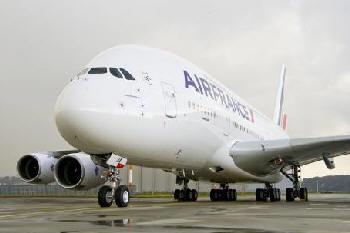|
|||||||||||
|
|
|
|||
|
By Bill Goldston |
||||
 |
June 25, 2010 - When
While in some
countries few problems have been identified over the past two years, in
many (if not most) countries implementation of Subpart Q led to
practices that have no place in an industry committed to safety. A first European Cockpit Association (ECA) review, in early 2009, showed that the new law’s introduction resulted in several EU countries reducing their pre-existing higher safety standards to the lower limits allowed by Subpart Q. |
|||
|
|
||||
|
ECA has also
received growing numbers of reports about irregularities. ECA Member
Associations were therefore invited to provide pilot rosters and OPS
Manuals that violate EU law or use ‘creative’ interpretations that are
incompatible with the EU’s safety objective.
Obviously, they
are not helped by the imprecise wording of its provisions, which can
leave even the most well-intentioned operator at a loss. For these
cases, ECA has requested the EU Commission to urgently provide
clarification through guidance material on how to correctly interpret
Subpart Q.
It comes as no
surprise that most of the extreme excesses take place in companies with
a punitive management culture, little consultation of flight crew on
safety issues, and sometimes even outright hostility towards any kind of
staff representation. |
||||


